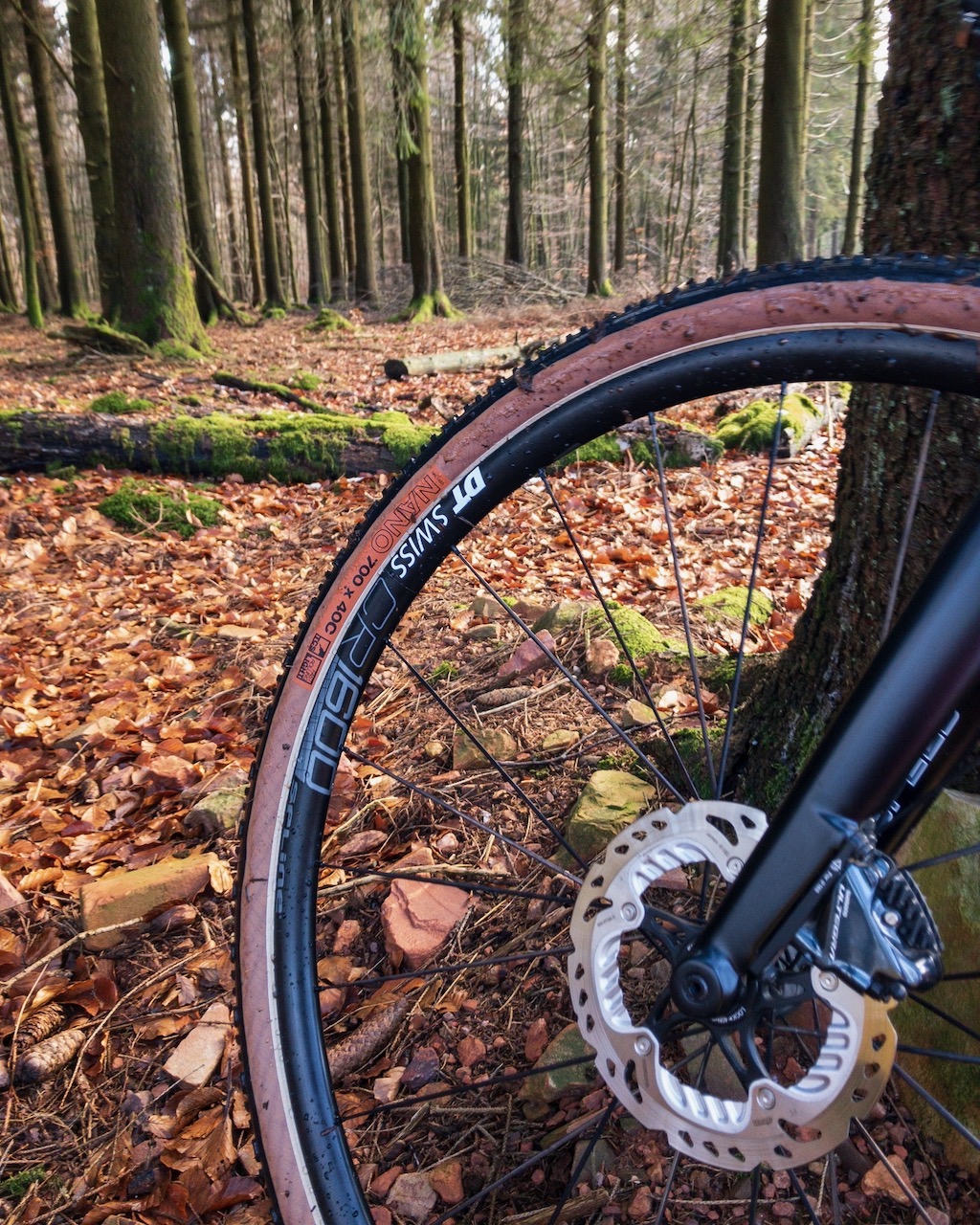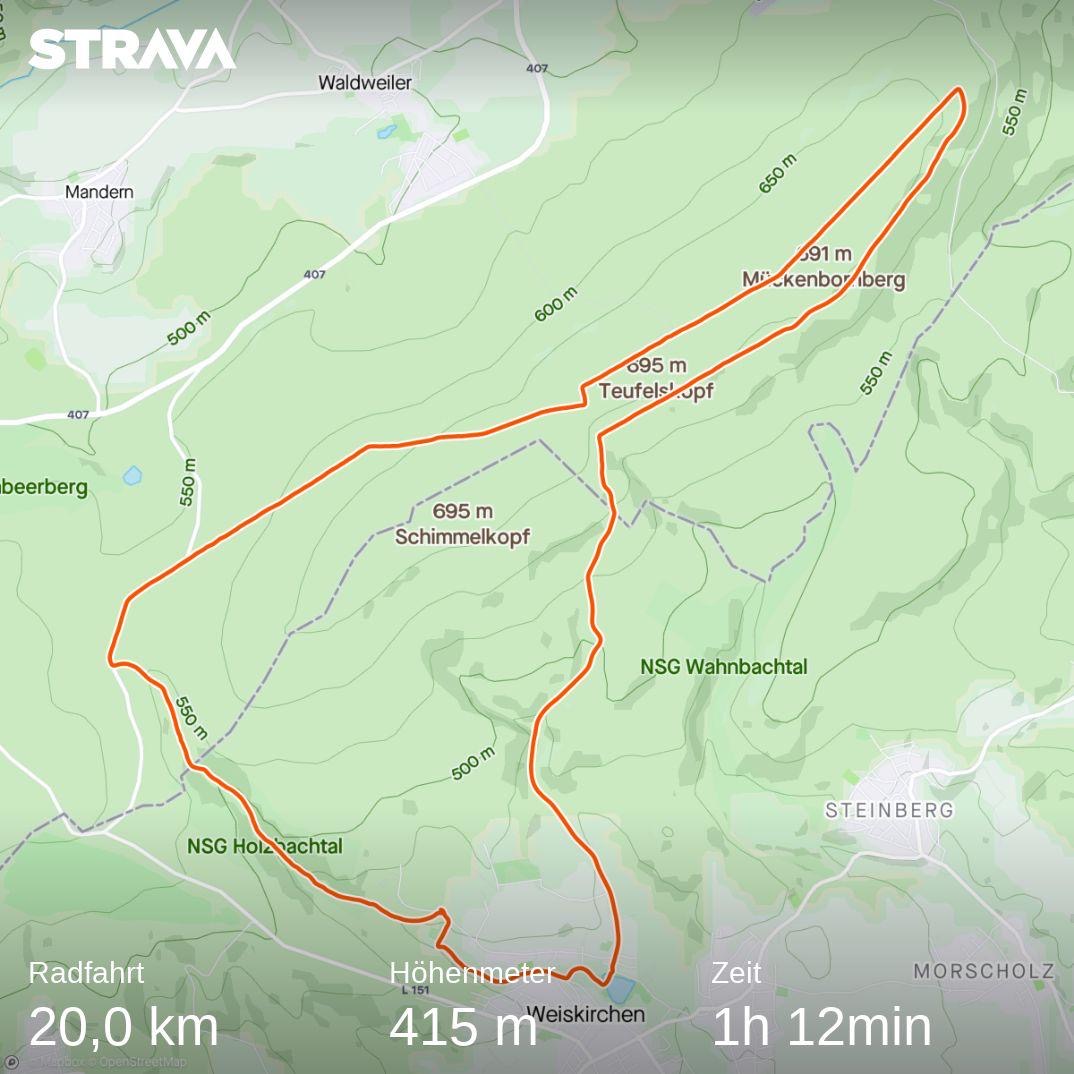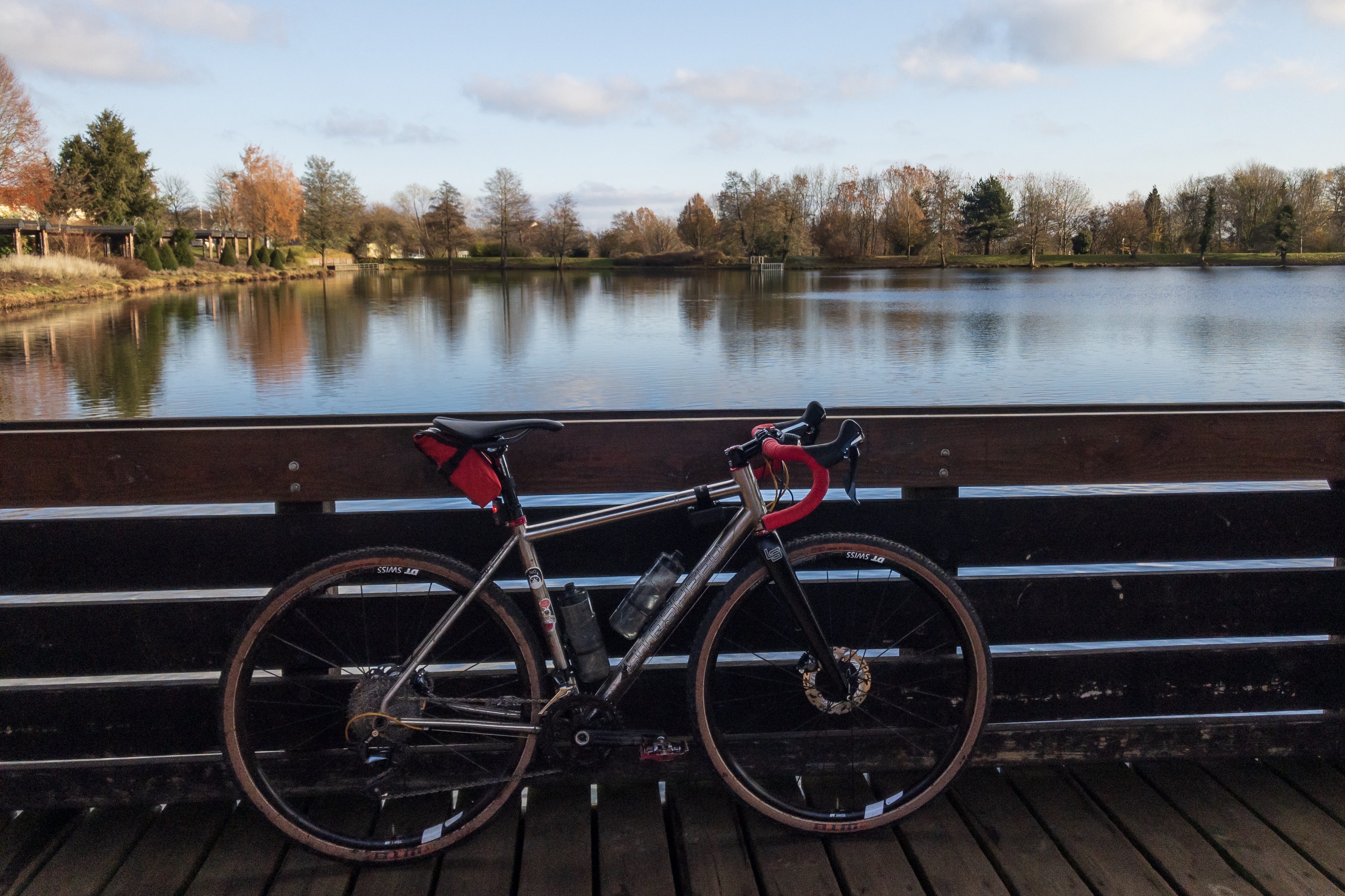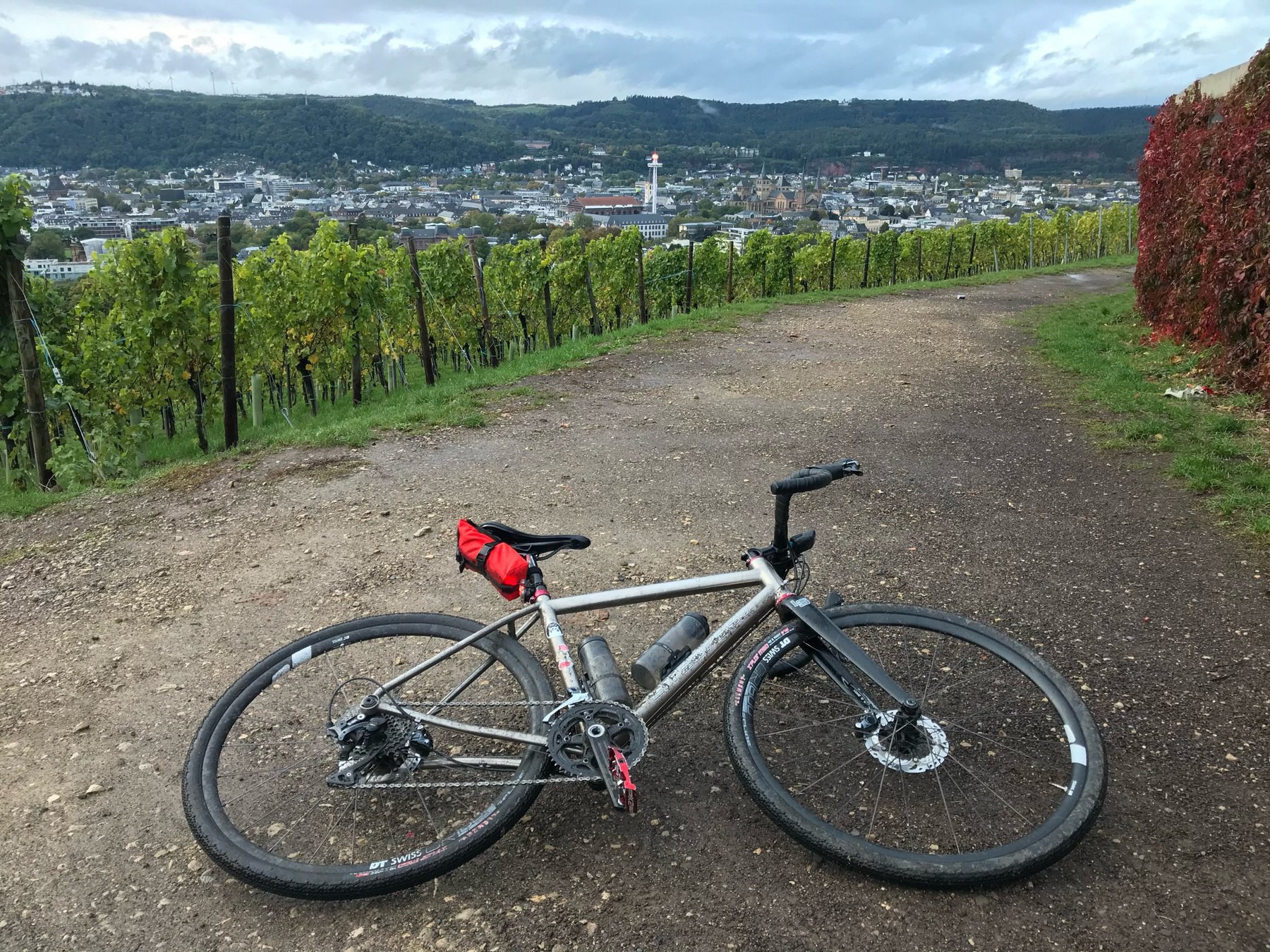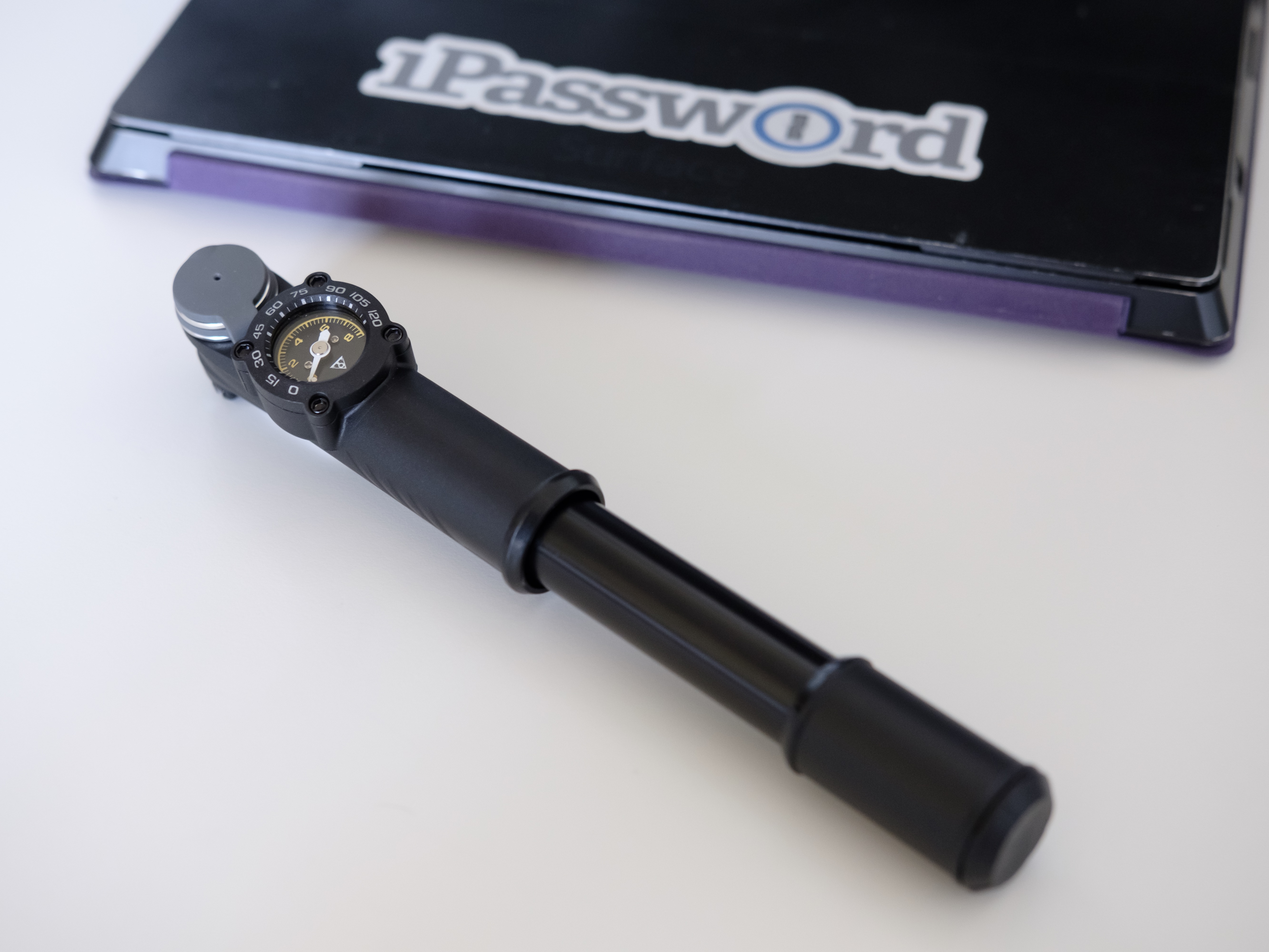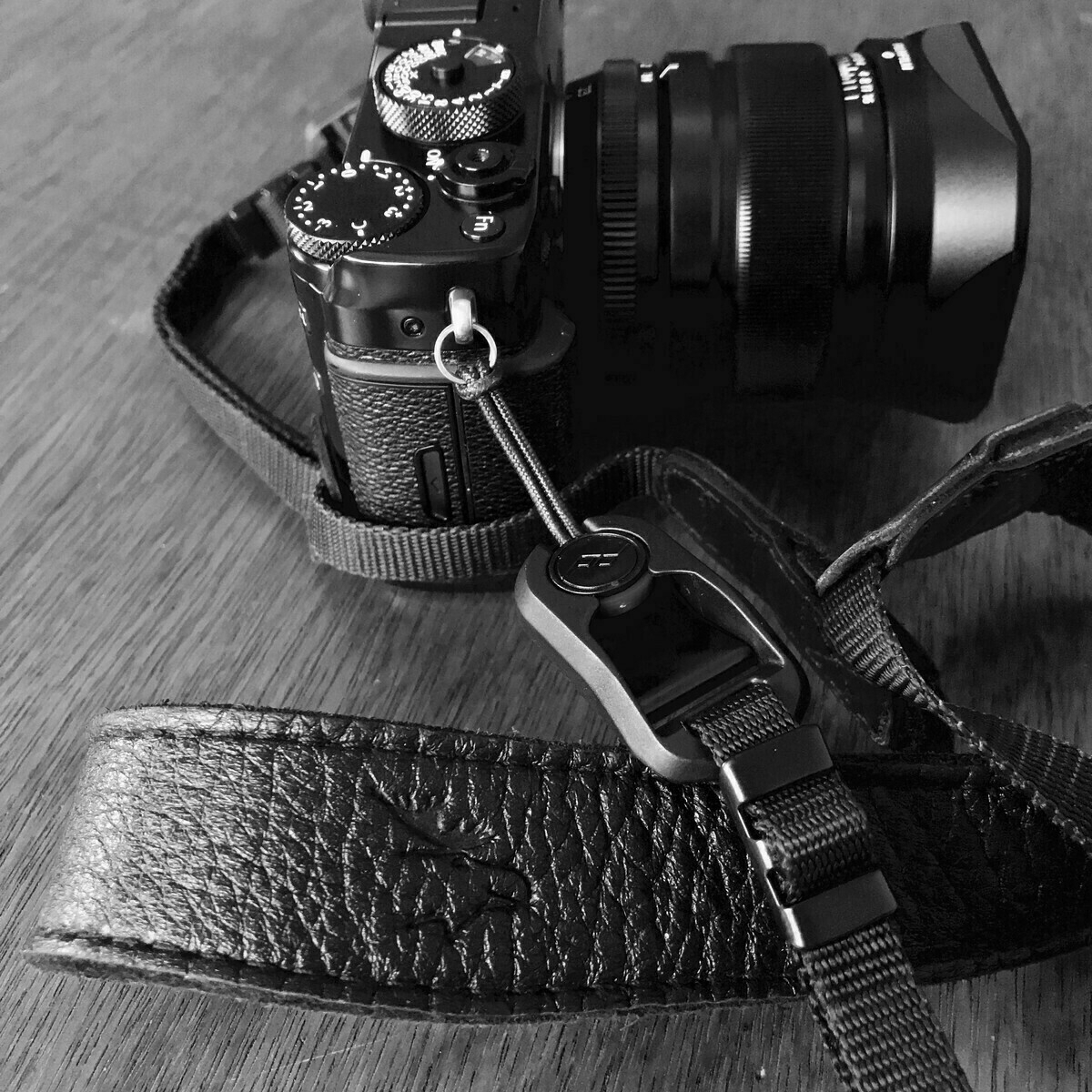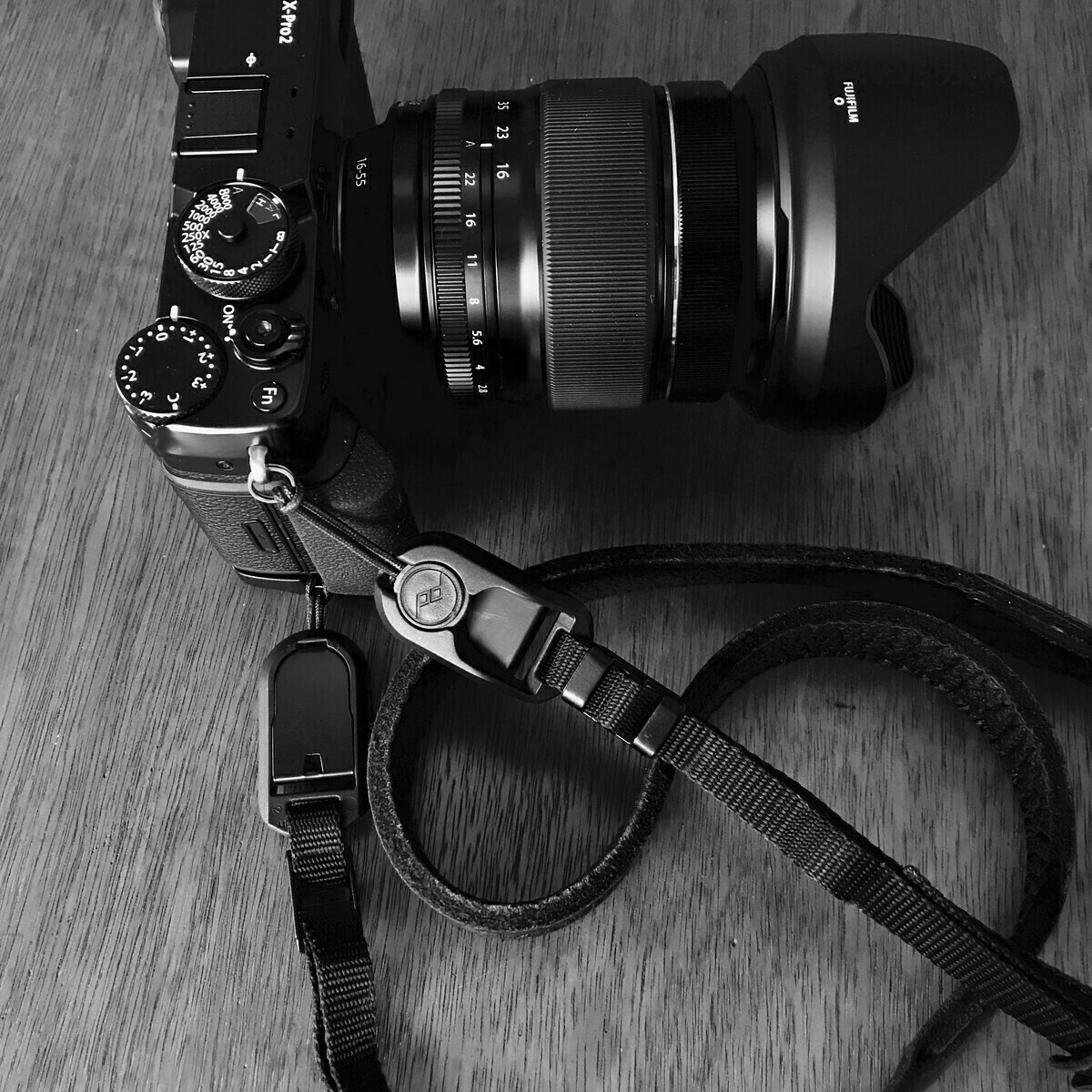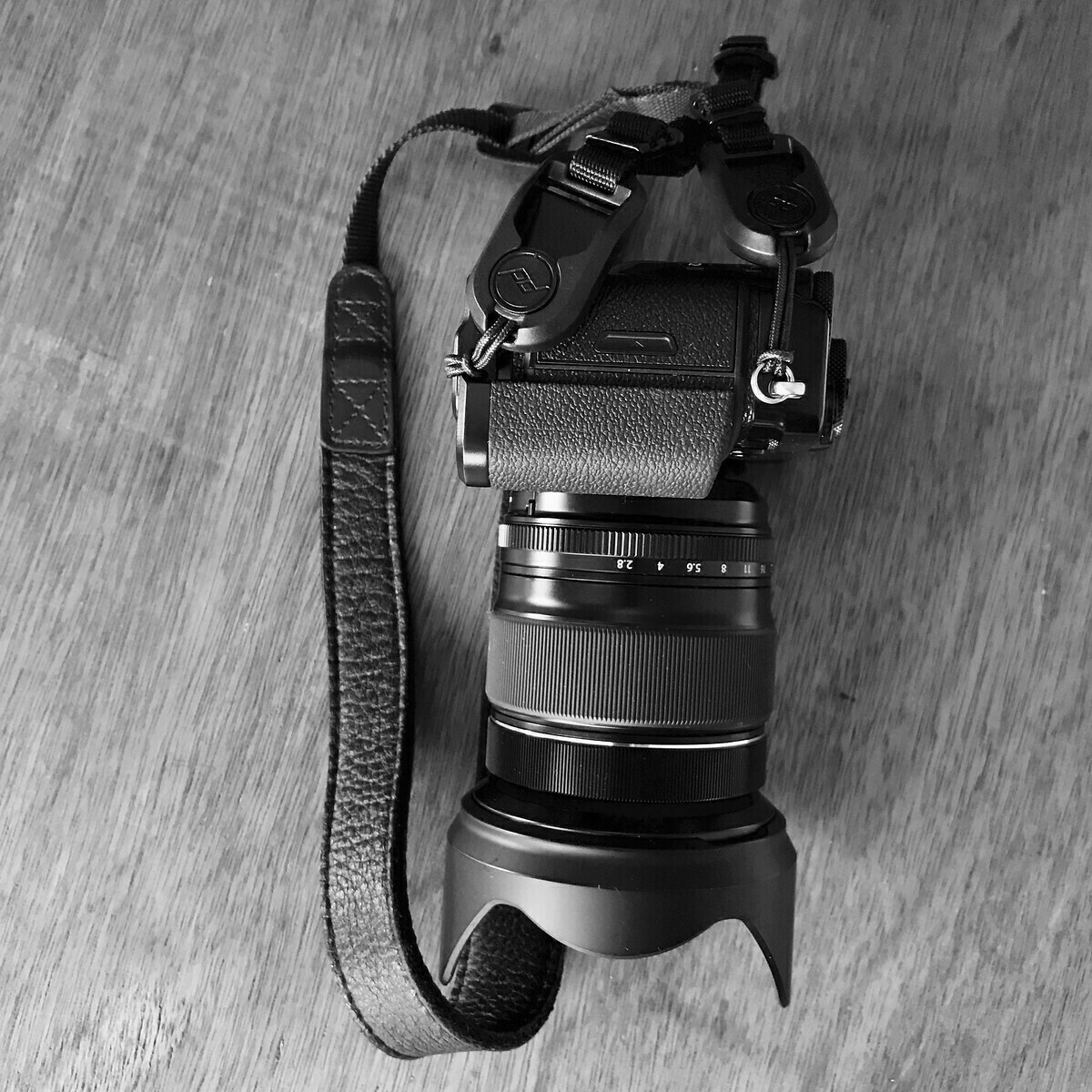Tiff Stevenson interviews Andy Zaltzman on her podcast Tiny Revolutions
Utterly great comedian Tiff Stevenson last week had had Andy Zaltzman on her podcast, where she interviews various comedians and artists about the tiny revolutions in their lives. The conversation these two had is brilliant and features a lot of history of The Bugle, which has been my favourite podcast for almost 13 years.
I honestly find it hard to express how much joy The Bugle has brought me. I first found it by accident in late 2008 when I was in a bit of a stand up comedy show discovery phase while studying in Beijing. It popped up in the recommendations in Apple Podcasts and after the first listen, I was hooked.
When John Oliver left because, as Andy tells it, it just wasn’t possible to do Last Week Tonight and a weekly transatlantic podcast, I was gutted and very sad but obviously kept listening. The reimagined show, where Andy is joined by two correspondents every week, has been, in my opinion, the best thing that could’ve happened. I’d still love to see John Oliver return every now and then but the roster of people Andy is bringing on from around the world, all of them with their own perspectives, is hard to beat.
I was introduced to so many extremely funny comics: first and foremost Alice Fraser, as well as (and in no particular order) Tiff Stevenson, Nish Kumar, Aditi Mittal, Josh Gondleman, Anuvab Pal, Charlie George, James Nokise, Felicity Ward, Alison Spittle, and many, many more.
There are alerady two spin-offs, both hosted by Alice Fraser:
The Gargle, in which Alice and guests tackle anything that isn’t political news, and The Last Post, The Bugle from a parallel universe.
If you like satire, sillyness, and can handle puns, check out The Bugle and its sister shows. I’ll see you again in about 9 months, once you reemerge from the binge cave. 😁

